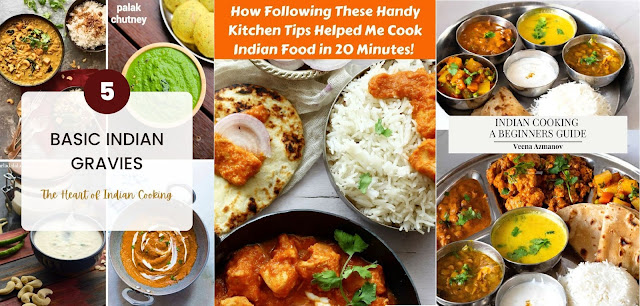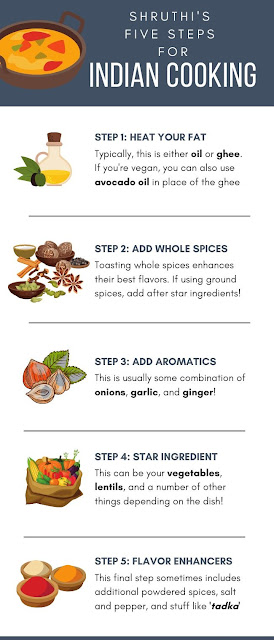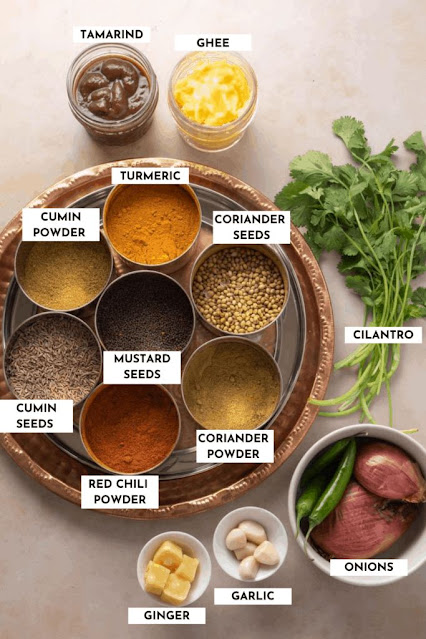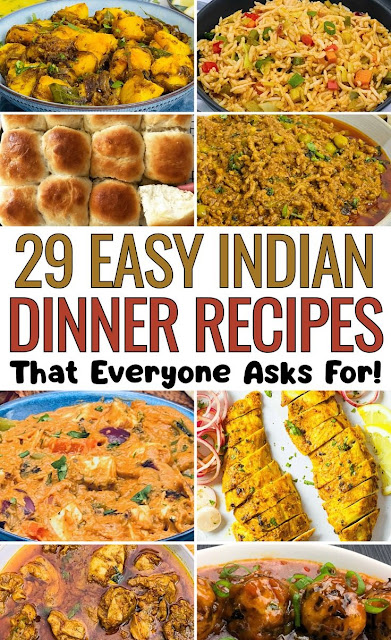Introduction: The Spirit of the Streets
There’s a unique electricity to Mexican street markets—the clatter of metal tongs, the call of vendors, the scent of corn masa mingled with searing meat and tangy citrus. The heart of Mexico’s culinary identity doesn’t reside in five-star restaurants—it pulses through its vibrant, chaotic, delicious street stalls. Here, flavor is fearless. Ingredients are humble, and dishes are often made on small griddles under plastic tarps. But the results? They’re unforgettable.
Bringing these bold, complex flavors into your home is not only possible—it’s a celebration of culture, history, and pure joy. In this article, we’ll explore how to recreate iconic Mexican street food dishes in your own kitchen, with authentic flavor and spirit intact. From tacos al pastor to esquites and tamales, consider this your guide to transforming your home into a mercado of Mexican magic.
1. Tacos Al Pastor: A Taste of Mexico City’s Streets
Origin: Inspired by Lebanese shawarma, tacos al pastor is a Mexico City staple. Pork is marinated in a mixture of dried chilies, achiote paste, and pineapple juice, then roasted on a vertical spit—just like a gyro.
At-home Hack: While few of us have a trompo (spit), you can still achieve that deep, caramelized flavor with a hot oven or grill.
Ingredients:
2 lbs boneless pork shoulder, sliced thin
3 dried guajillo chiles (seeded and soaked)
1 chipotle pepper in adobo
2 tbsp achiote paste
½ cup pineapple juice
3 garlic cloves
1 tbsp vinegar
1 tsp cumin
Salt to taste
Instructions:
Blend all marinade ingredients until smooth.
Toss pork slices in the marinade. Cover and refrigerate overnight.
Layer pork and sliced pineapple on skewers or in a baking dish. Roast at 400°F for 40 minutes.
Serve on warm corn tortillas with diced onions, cilantro, and more grilled pineapple.
Street Style Tip: Top with a squeeze of lime and a dash of salsa verde for true al pastor authenticity.
2. Esquites: Corn in a Cup, Mexican Style
Origin: Often overshadowed by its grilled sibling elote, esquites is Mexico’s ultimate street snack. Sold from bubbling pots by street vendors, this off-the-cob delight is creamy, salty, tangy, and spicy all at once.
At-home Version: Easily made on the stovetop in less than 20 minutes.
Ingredients:
-
4 cups corn kernels (fresh or frozen)
-
2 tbsp butter
-
½ cup mayonnaise
-
¼ cup cotija cheese (or feta)
-
1 tbsp lime juice
-
1 tsp chili powder or Tajín
-
Salt to taste
Instructions:
Sauté corn in butter until it begins to char, about 10 minutes.
Mix in mayo, cheese, lime juice, and chili powder.
Serve in cups, topped with more cheese and a squirt of lime.
Street Style Tip: Add a spoonful of crema or sour cream for extra richness, and sprinkle with crushed hot Cheetos for a modern twist.
3. Tamales: A Labor of Love
Origin: With pre-Hispanic roots, tamales are one of Mexico’s oldest dishes. Sold from coolers and baskets in plazas, they're a symbol of celebration and comfort.
At-home Approach: Yes, tamales take time—but they freeze beautifully and bring people together. Make it a weekend project.
Ingredients:
-
2 cups masa harina
-
1 ½ cups chicken broth
-
½ cup lard or vegetable shortening
-
1 tsp baking powder
-
1 tsp salt
-
2 cups cooked shredded chicken
-
½ cup salsa verde or mole
-
Corn husks, soaked
Instructions:
Whip lard until fluffy. Add masa, baking powder, and broth gradually until dough is soft and spreadable.
Spread masa onto soaked husks, add a spoonful of chicken and sauce, then fold.
Steam for 1–1.5 hours until firm.
Street Style Tip: For sweet tamales, mix in cinnamon, raisins, and piloncillo syrup instead of savory fillings.
4. Tlayudas: Oaxaca’s Oversized Masterpiece
Origin: Known as “Oaxacan pizza,” tlayudas are giant tortillas smeared with beans and loaded with toppings like carne asada, quesillo (Oaxacan cheese), and avocado.
At-home Take: Use store-bought large flour tortillas if you can’t find tlayuda-specific ones.
Ingredients:
-
1 large tortilla (12”)
-
¼ cup refried black beans
-
½ cup shredded mozzarella or string cheese
-
Sliced avocado
-
Chopped cabbage
-
Salsa and thin grilled steak
Instructions:
Spread beans over tortilla, then top with cheese.
Bake or grill until crispy and cheese melts.
Add steak, avocado, cabbage, and salsa.
Street Style Tip: Serve it folded in half like a quesadilla or open-faced for a dramatic street-food effect.
5. Quesabirria Tacos: TikTok’s Favorite with Traditional Roots
Origin: Originating in Jalisco, birria is a slow-cooked meat stew. Quesabirria tacos—the cheesy, crispy cousin—went viral, and for good reason.
At-home Delight: While authentic birria takes hours, a pressure cooker or slow cooker makes it manageable.
Ingredients:
-
2 lbs beef chuck or short ribs
-
3 dried ancho chiles (seeded)
-
2 guajillo chiles (seeded)
-
1 chipotle in adobo
-
½ onion
-
4 garlic cloves
-
1 tsp cumin, oregano, and cinnamon
-
2 cups beef broth
-
Corn tortillas
-
Shredded mozzarella
Instructions:
Blend chilies, onion, garlic, spices, and broth.
Pour over beef in a slow cooker. Cook for 6–8 hours.
Shred beef. Dip tortillas in the broth, fill with cheese and meat, and fry until crispy.
Street Style Tip: Serve with a small cup of birria broth (consomé) on the side for dipping.
6. Agua Fresca: The Ultimate Street Beverage
Origin: Walk any street market and you’ll find massive glass jugs of fruity agua fresca—light, refreshing, and vibrant.
At-home Basics: Make it with fresh fruit, water, lime juice, and a touch of sugar.
Try These Combos:
-
Agua de Jamaica (Hibiscus): Boil dried hibiscus flowers with sugar, strain, and chill.
-
Agua de Sandía (Watermelon): Blend watermelon, water, lime, and sugar.
-
Agua de Horchata: Soak rice and cinnamon, blend, strain, and sweeten with condensed milk.
Street Style Tip: Always serve over lots of ice and garnish with lime wheels or mint.
Bringing the Mercado Home: Tips for the Full Experience
-
Soundtrack: Play classic mariachi, cumbia, or Lila Downs to set the mood.
-
Serve Buffet-Style: Let guests build their own tacos and tlayudas, just like choosing toppings at a stall.
-
Street Vibes: Use colorful tablecloths, plastic cups, and paper napkins for authenticity. No need for formal plating.
-
Hot Sauce Bar: Offer salsa roja, verde, and smoky chipotle for variety.
A Celebration of Flavor and Culture
Cooking street food at home isn’t just about recipes—it’s about stories. Behind each dish is a lineage of indigenous techniques, Spanish influence, and regional pride. It’s about abuelas teaching grandchildren, vendors feeding neighborhoods, and a nation that speaks through its food.
So whether you’re throwing a summer gathering or simply cooking solo with a cold cerveza in hand, these dishes bring more than just heat and spice—they bring connection. Each bite is a passport to the bustling avenues of Oaxaca, Guadalajara, or Mexico City, and a tribute to the hands that make the streets so delicious.
¡Buen provecho!
Final Thoughts
Street food is raw, real, and wildly flavorful. By cooking these dishes at home, you’re doing more than feeding yourself—you’re keeping tradition alive in your own kitchen. So grab a comal, fire up your grill, and bring the mercado home.
If you’re ready to take the next step, consider making a full antojitos night: start with esquites, serve al pastor tacos as a main, then finish with sweet tamales and agua fresca. One bite, and you’ll be transported.
.jpg)
.jpg)
.jpg)
.jpg)
.jpg)
.jpg)
.jpg)
.jpg)
.jpg)
.jpg)
.jpg)
.jpg)
.jpg)
.jpg)
.jpg)
.jpg)
.jpg)
.jpg)
.jpg)
.jpg)
.jpg)
.jpg)
.jpg)
.jpg)
.jpg)
.jpg)
.jpg)
.jpg)
.jpg)
.jpg)
.jpg)
.jpg)
.jpg)































.jpg)
.jpg)
.jpg)
.jpg)
.jpg)